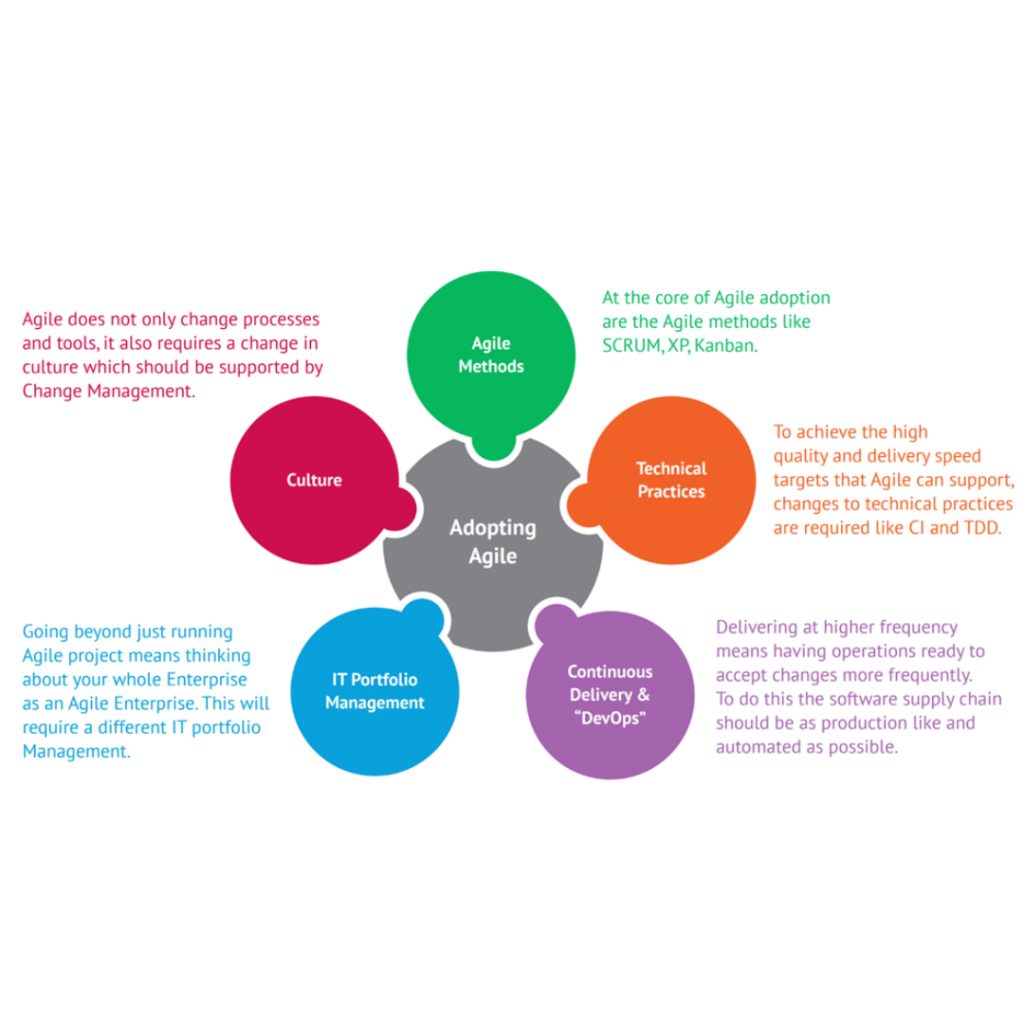
Current technology trends (like Social, Digital & Cloud) have increased the demand for faster delivery and shorter time to market. In response to this, Agile methodologies and DevOps practices like Continuous Delivery have gained popularity. Agile methodologies emphasize the ability to adapt to changing requirements, customer collaboration, speed to working software and iterative development. The IrisLogic delivery model include provisions for testing in Agile. The model for Distributed Agile, multi location, methodology incorporates Unit Testing, Assembly Testing, Regression Testing and Application Product Testing into every sprint phase and prescribes a high degree of automation for testing activities.
Core of modern delivery model is DevOps, which is essentially using governance and automation techniques to optimize collaboration across development and operations to enable faster, more predictable and more frequent deployments to market. Delivering at higher frequency means having operations ready to accept changes more frequently. To do this the software supply chain should be as production like and automated as possible and development teams need to work closely with operations teams.

To achieve the expected speed to market the testing process needs to be adjusted to increase the levels of test automation and to align the responsibility for testing and quality closer to development teams. This changes the responsibility of the testing groups towards a more strategic and more technical group of experts – an Agile Testing Centre of Excellence.
IrisLogic has proven experience to help customers make this shift and transition from traditional waterfall delivery and testing approaches towards faster more iterative delivery models using Agile and DevOps. IrisLogic leverages a DevOps Assessment framework to assess, measure, score and help define a roadmap to enterprise Continuous Delivery.
Our experience ranges from Agile and DevOps practices on targeted areas of the business through to increasingly complex mapping of how to approach hybrid models across both Waterfall and Agile in parallel in the organization.


